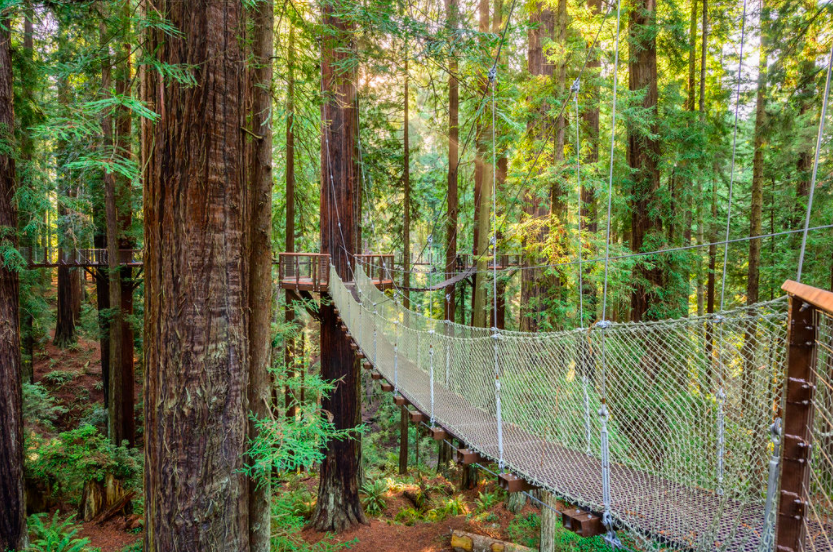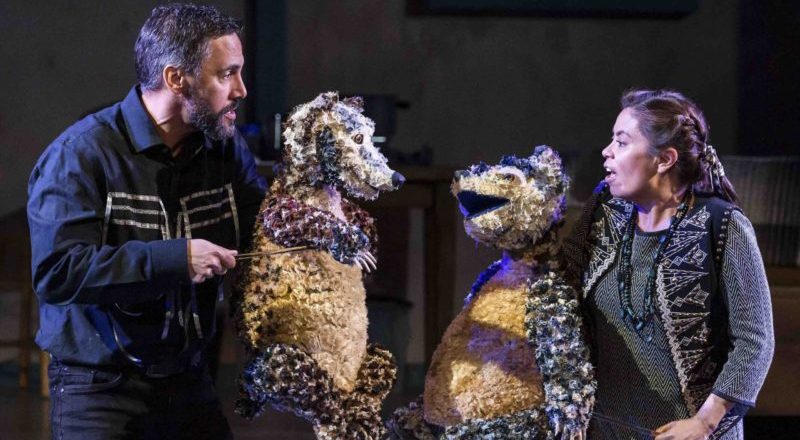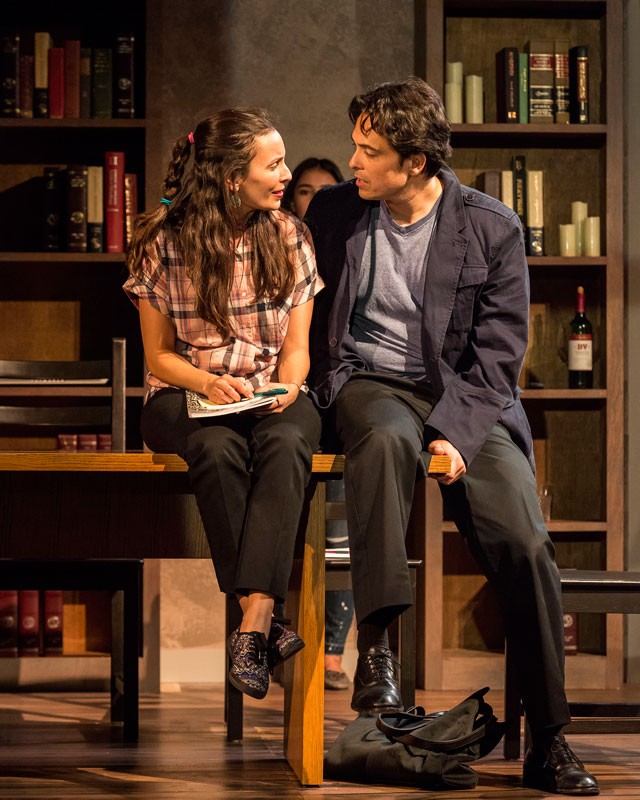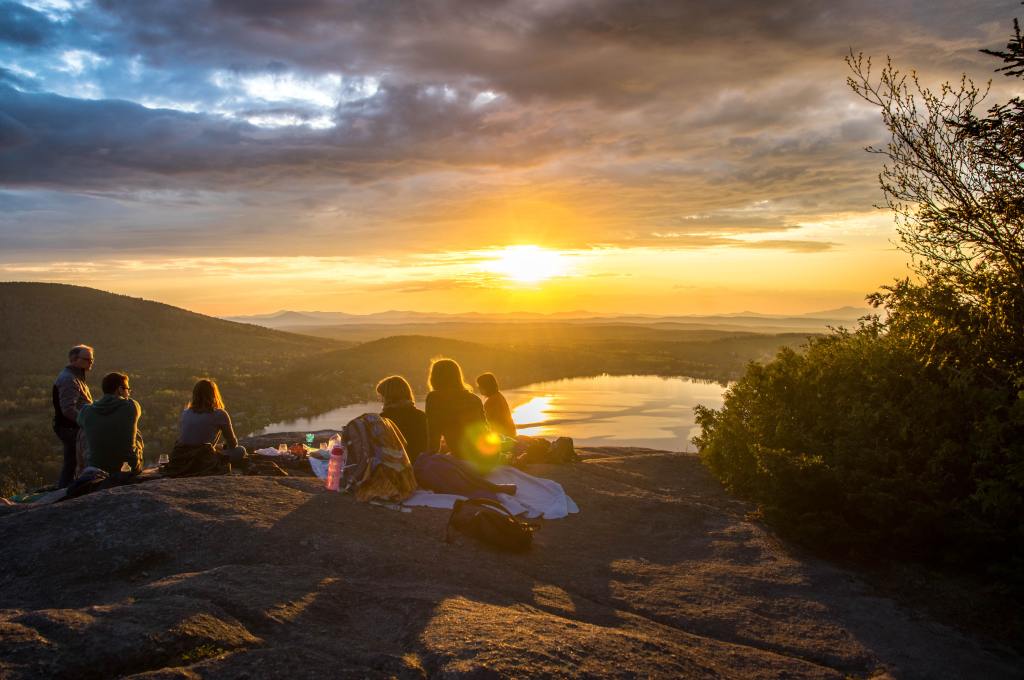




A retreat into nature — in this case in the Sonoran Desert — offers us the much-needed chance to breathe and restore.
If you are a human being in this country, you’ve experienced some kind of trauma over the past 18 months. We held our collective breath to ride out the end of a presidency that celebrated bigotry. We watched a coup at The Capitol unfold in real-time. We lost oh so many co-workers, friends, family members, and lovers during a global pandemic. We were reminded over-and-over that we still have miles to go when it comes to race.
As a Black woman, I feel these traumas in my body. I find myself holding space for them — both my own agonies and those experienced by people in my community. Each time I care for my children, my friends, my students, my neighbors … their wounds stick to me. It becomes a lot to deal with.
By spring of ’21, I felt so tired. I wanted to heal. Needed it. So I booked a trip to the Sonoran Desert to restore.
On my flight to Tucson, I thought about what parts of me were asking for the most attention. Number one was my mental health. Honestly, I just wanted a break. Number two was to reconnect with myself. I needed to silence the noise of the world telling me who I am all the time. Number three was to feel luxurious again. Wearing gowns is my self-love language, so I packed lots of long-flowing satin fits.
Miraval Arizona had the ingredients I was seeking with the bonus that it’s an all-inclusive resort. So all thinking stopped the moment the complimentary car service scooped me and my mom (who better to help me rediscover myself?) up from the airport. The first stop for restoration was the outdoor soaking saltwater pool. It was literally everything — the perfect temperature and my skin has never felt so soft, thanks to the water’s therapeutic properties. Since my trip was at the beginning of monsoon season, a traditionally slower time at the resort, I found myself in the pool alone most of the time. Basically, it was my own private oasis.
I wanted space to breathe. Well, I couldn’t ask for more space than the expansive desert at dusk. One of my favorite moments was watching joy light up my mom’s face while horseback riding during golden hour with Tucson Mountain Stables. It was so silent, so peaceful, so beautiful. The dry evening air tasted sweet. Something that I’m taking home with me is how the mountains glow a warm pink at sunset. Everyone needs to experience this delicious magic.
I’ve spent my entire existence caring for other people, so taking a week to care for myself felt truly transformative. I skipped signing up for structured traditional-retreat-like experiences. Instead, I took solo morning desert walks until just before the desert sun began beating down in full. I spent my nights sitting by the fire pit on my patio; letting parts of my past flutter into the flames.
My time in nature helped me face my need to do everything, and do it all perfectly. I learned to surrender. While riding horses, I had to let go of control. They are majestic powerful creatures that can literally do whatever they want whenever they want, making them excellent mindfulness teachers. Plants reminded me to slow down and look, to really see what’s ahead of me. Cacti are beautiful and they also ask you to pay attention. If you lose focus while moving around them you will FEEL it.
WHY 2021:
My retreat made a lasting imprint on how I feel about myself and what I know I deserve and I believe you deserve that sort of refuge, too. I feel more whole. Mostly because I released traumas — many generational and some that I’ve been holding since I was a teen. I gave them all back, returned them to ash, and left them in the desert earth.
Life feels lighter. I’ve never breathed so deeply. We all need that right now.
Check Tucson’s COVID guidelines here.
We’d like to acknowledge and honor the original peoples of this land, the O’odham Jeweḍ, Tohono O’odham, Sobaipuri, and Hohokam nations.










































